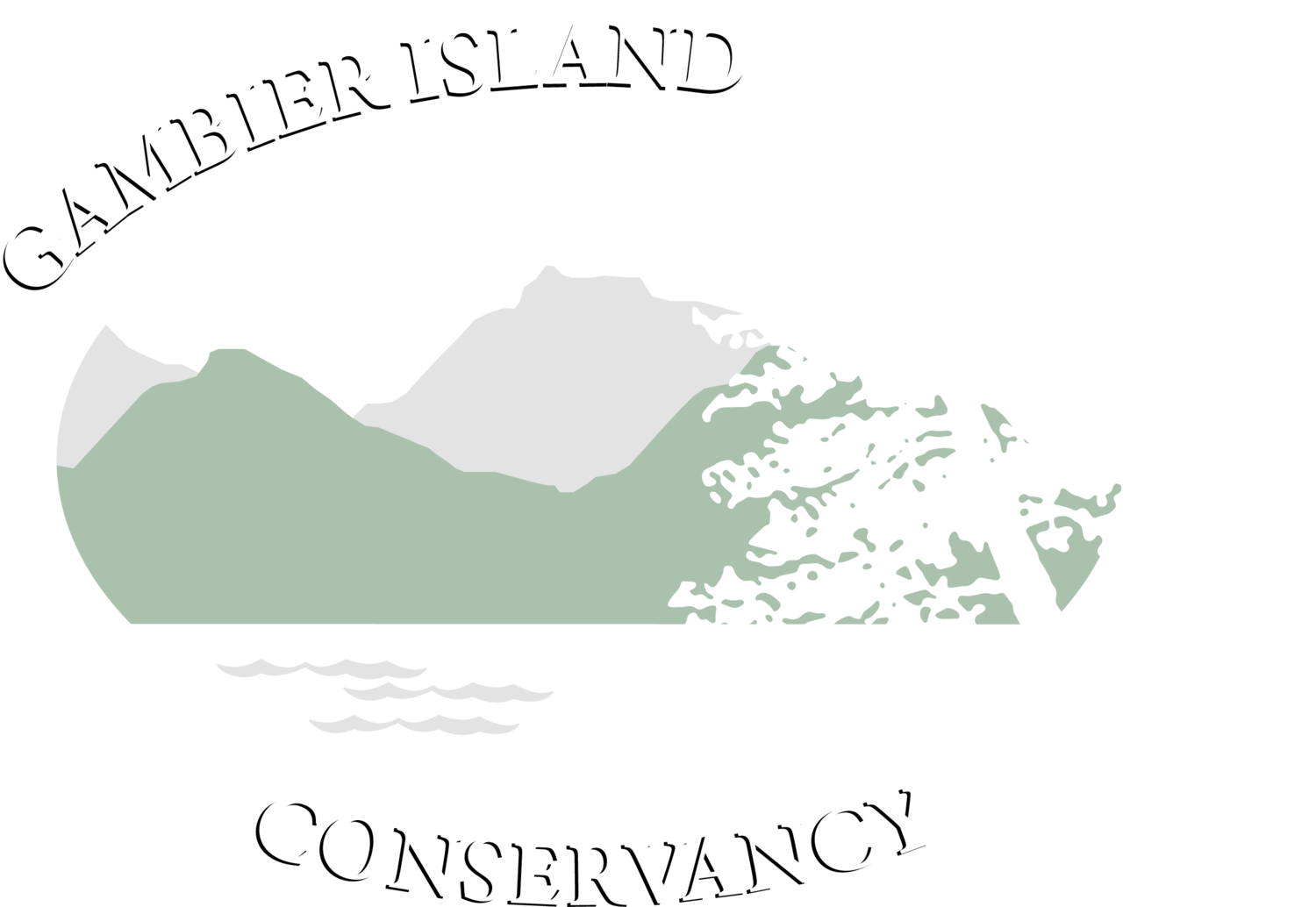Removing Invasive English Holly from the Long Bay Wetland Nature Reserve
The weather was perfect on 5 March 2022 for a work party, with the goal of removing English holly from the Longbay Wetlands Nature reserve. Why were we doing this?
The Invasive Species Council of BC, has identified English holly as a serious invasive because of its adaptability to grow in shade or sun, and how easy its seeds are spread by birds. It is proving to be very adaptable to the growing conditions in all areas of the Nature Reserves on Gambier Island, from wetlands to the steep slopes of Mount Artaban and beyond.
Native plant species often take decades to grow, slowly creating intricate, deep, and healthy root systems in the forest floor. In contrast, invasive plants often grow rapidly with weak, shallow, or tap roots. When they out-compete native species, environments become more susceptible to erosion, landslides, and damaging sediment run-off.
Wetlands are critical ecosystems. They can clean the water that flows through them, mitigate large flood events and recharge underground aquifers. When invasive plants are introduced, they quickly crowd out native species that act as natural filters, and disrupt the delicate symbiotic system. (BC Invasive Species Council, n.d.)
16 Volunteers uprooted a total of 385 Holly bushes! Including the removal of a few of the bigger Holly trees. The work was supported using the Pullerbear tree and weed puller which was a perfect tool for the task, and was in high demand throughout the day.
Using the Conservancy GPS receiver, the location was documented on a map of the four piles of cut-up Holly branches and roots that had been created.









